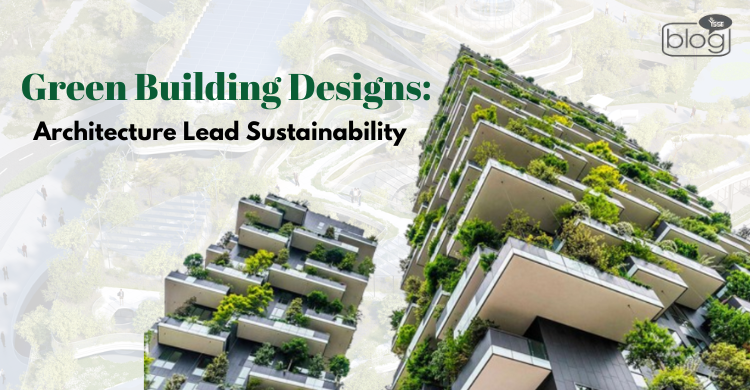We are very familiar with the word green, right? Basically, this era was the Green Revolution. This revolution also reached the architectural sector. Green buildings are one of them. But first, we need to know about architecture.
Green architecture is an architectural philosophy that promotes energy conservation, the use of sustainable energy sources, the reuse and safety of building materials, and the placement of buildings with an eye toward the environment.
Green architecture, a blend of mechanical manufacturing and informatics, focuses on creating environmentally friendly, high-performance buildings that utilize clean energy sources and a healthy indoor climate. This approach requires an interdisciplinary approach, incorporating ecologically clean materials and manufacturing processes, resulting in a green building that reduces emissions and promotes a healthy indoor climate.
However, a question arises: How can we incorporate green buildings with sustainability?
Here, sustainability is the satisfaction of the needs of the contemporary generation without violating the ability of future generations to satisfy their needs.
Then, what is sustainable design?
“Sustainable buildings are not only good for the environment; they are better for the lives of the people living in them.” – Bjarke Ingels, BIG Architects.
Building sustainable architecture aims to reduce environmental impact by utilizing eco-friendly materials and resource management. This approach is crucial for a brighter future, as it minimizes carbon footprints and promotes comfortable living environments.
The industry has been shifting towards green building principles, sustainability ratings, and governing bodies to ensure efficient use of materials, energy, and development space. However, more work is needed to create a truly sustainable industry.
How can we define green buildings?
Important trends in green buildings include:
- The use of environmentally friendly materials with the same environmentally friendly manufacturing,
- The use of naturally occurring water resources while maintaining the same degree of ecological protection,
- The use of environmentally friendly energy sources with an equivalent ecological conversion rate.
- Include the strategic areas of purposeful water, energy, and material conservation.
- Renewable energy sources
- Typically use nontoxic or environmentally friendly building materials.
- Considers climatologically conscious and purposefully reduces gas emissions, especially carbon dioxide (CO2) emissions, which are a key byproduct of a building’s fuel system and a vital sign of the outdoor climate’s ecology.
- Has an eco-friendly, practical, and aesthetically pleasing design that complements the surroundings.
- Minimizes negative effects on human health while creating an ideal artificial-architectural living environment with a high degree of comfort.
For the private of the 21st century, the essential green design principles are as follows:
- Alternative energy sources: When possible, construct communities and residences that generate their own electricity. Such structures may feed excess energy back into the grid or run entirely off the local power grid. The typical alternatives are solar and wind power.
- Energy conservation: To minimize the loss of warm or cool air, weatherize buildings. Large chemical companies have created reliable, moisture-resistant insulating materials that are produced responsibly and don’t contribute to indoor humidity issues. The end of the 20th century saw a significant improvement in laminated glass as well; some windows now offer insulation levels comparable to those of conventional stone, masonry, and wood construction.
- Material reuse: Make use of repurposed construction materials. Despite being hard to find in the early 1990s, these products have been widely accessible since the beginning of the twenty-first century, thanks to an increasing number of businesses that specialize in repurposing materials from demolition sites.
- Consider employing earth-sheltered or subterranean architecture, which can be perfect for residential living, when choosing a location. The earth itself is a reliable source of climate control because the temperature is consistently 52 °F (11 °C), starting at a depth of roughly 1.5 meters (5 feet) below the surface.
Besides green buildings, there are also some designs that are very sustainable, like zero-carbon buildings and energy-efficient thermal designs.
World science has developed new trends in architectural technology, particularly in human settlements, focusing on the interaction of society, energy, and ecology. These trends are divided into three levels: low-energy architecture, green architecture, and sustainable architecture.
We’ve discussed that green architecture represents the actual problem and is a positive step toward sustainable building. The global trend in low-emission and energy-efficient technologies in modern architectural technology has been reflected in the concept of green building.
So, the development of technology in contemporary architecture in the Information Age is at a transition point from low-energy architecture to green architecture, preparing for the formulation of sustainable architecture in the complex of a sustainable society.
To read more blogs like this, click here
Writer
Mafroha Somiya
Intern, Content Writing Department
YSSE

